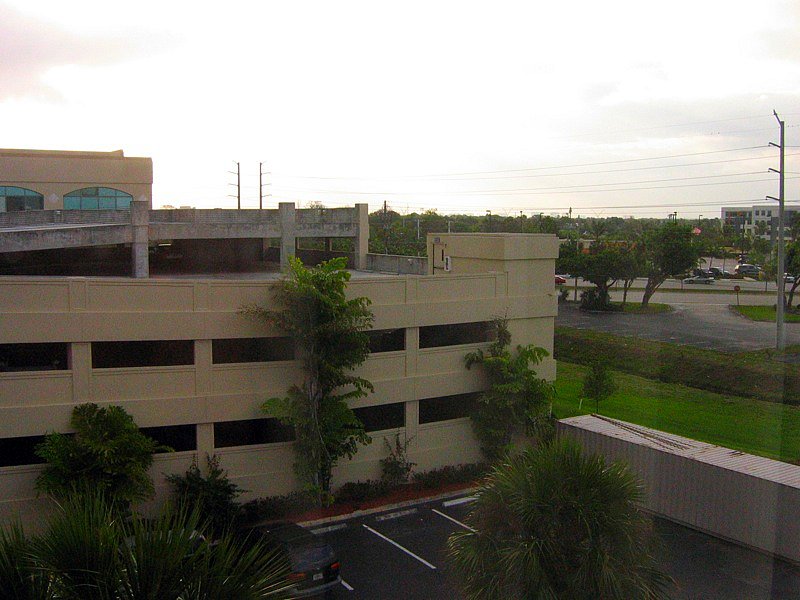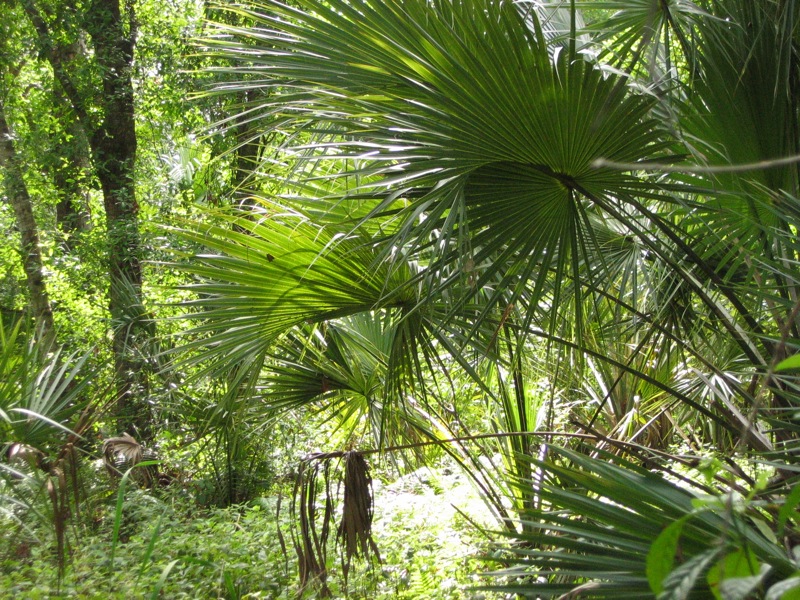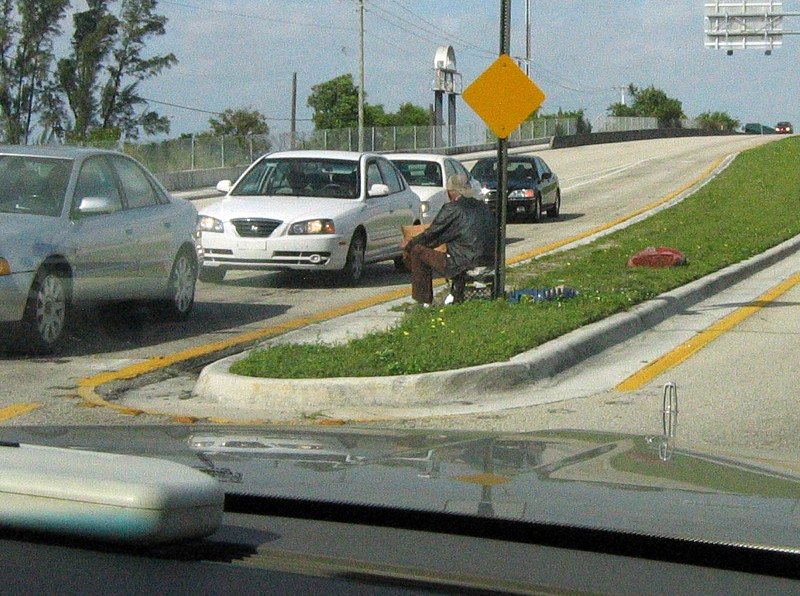What is it about Florida? As a kid, waiting out the long Toronto winter in my parents’ rec room, I often wondered what it might be like. I’d seen a picture in a book somewhere, of a down-at-the-heels, roadside serpentarium, where burly men in pompadours would wrestle alligators in a dusty yard. It was somewhere in Florida, the book said. I wanted desperately to go there. But it was not to be. Not until well into my adulthood anyway. And I never did find that serpentarium. So I had to settle for a kind of Florida of the mind. The television programs of the time were saturated with images of a fantastically exotic, subtropical America, where smiling swamp rangers skimmed across the Everglades on air boats, at the beck-and-call of puffy-faced little boys, who had winsome animal mascots like Flipper, the dolphin who just wouldn’t shut up and Gentle Ben, a toothless, overweight bear. During the commercials, the über-creepy Anita Bryant (soon to reign as America’s Queen of homophobia) warbled from a sound stage citrus grove, shilling genuine Florida ‘oinj’ juice to the pallid northern masses. So despite never having set foot in the place, Florida had pretty much colonized my young subconscious. So when I eventually visited there, sometime in my mid-twenties, things seemed strangely familiar, like the spectres of a remembered imagination.
This March, I returned again, to give a talk at a community college in suburban Broward County. Broward is part of a vast conurbation called the South Florida Metropolitan area that runs along the state’s Atlantic Coast. I met many kind and generous people there and it was great hanging out with the students, especially at their poetry slam, where I witnessed some of the most moving spoken word performances I’ve seen in years. Many of the young poets performed work addressing their daily struggles of life and in love in an increasingly polarized America. A young, African-American single mom did a piece about her struggle of trying to put herself through college, to give herself and her kid a better life. A young white guy gave a long, free form soliloquy about his feelings of political alienation, living in a state from which the presidency of his country had been stolen.
Florida is a complicated place. Oh, sure there are still beaches where you can sit in the talc-soft sand and stare out at the sea. This is the post card Florida of tasteful condominiums and toney ocean side eateries. But much of Florida, like the rest of North America, is imbued with a kind of Ballardian placelessness – its vast, flat expanses re-skinned with low-rise exurbs that ooze into a grid work of freeways. Except for the groves of palm trees, the landscape looks pretty much like the one in which I grew up, in Southern Ontario, having followed a similar trajectory of environmental liquidation. Occasionally you might see an ibis wading in the ditch water beside the interstate, but there really isn’t much else to remind you of where you are. This being America, there is an enormous gulf visible between the rich and the poor. Prowling the upscale shopping malls are legions of aged ladies who have had so much plastic surgery done that their heads look like they’ve been taken out of the spare parts cupboard of the Thunderbirds. Seeing these silicon injected marvels of taxidermy bobbling on the shoulders of geriatric bodies takes a little getting used to. But I suppose it is a logical outcome of a society where ‘the pursuit of happiness’ is defined as an inalienable right. Outside of the air conditioned confines of retail-land, in the ubiquitous palmetto scrub that grows on the sides of the roads and in the median strips, lives a ghost army of the homeless. Many are military veterans who have found themselves on the losing side of the class war. Perhaps the warmer climate makes being homeless in Florida a bit easier to bear. But happiness for these people still seems a long way off.
Yet shoehorned between the freeways and the golf-themed retirement developments, a few fragments of the original Florida still cling to their existence. Thanks to the kindness of an instructor at the college, I was able to spend a few hours amid the vegetative splendor of the last intact tropical hammock ecosystem, left in Broward County. ‘Hammock’ is a name given to little islands of self-perpetuating forest, which, because they are a few inches higher in elevation, manage to escape the worst of the seasonal flooding and fires that afflict the surrounding landscape. The result, as in the case of Broward’s 254 acre Fern Forest park, is a lush canopy of exotic trees such as gumbo limbo, strangler fig and surprisingly, red maple, a tree species I grew up with in eastern Canada. In the wetter spots of the forest, the roots of cypress trees form delightful ‘knee’ structures to cope with anaerobic conditions in the sediment. As I strolled beneath the dappled shade of rustling sabal palm fronds, watching the zebra butterflies sipping moisture from the swamp mud, I was able, just for a little while, to tune out the traffic drone of the nearby highway. It was as if I had been given a little window into the Florida of my boyhood mind.





